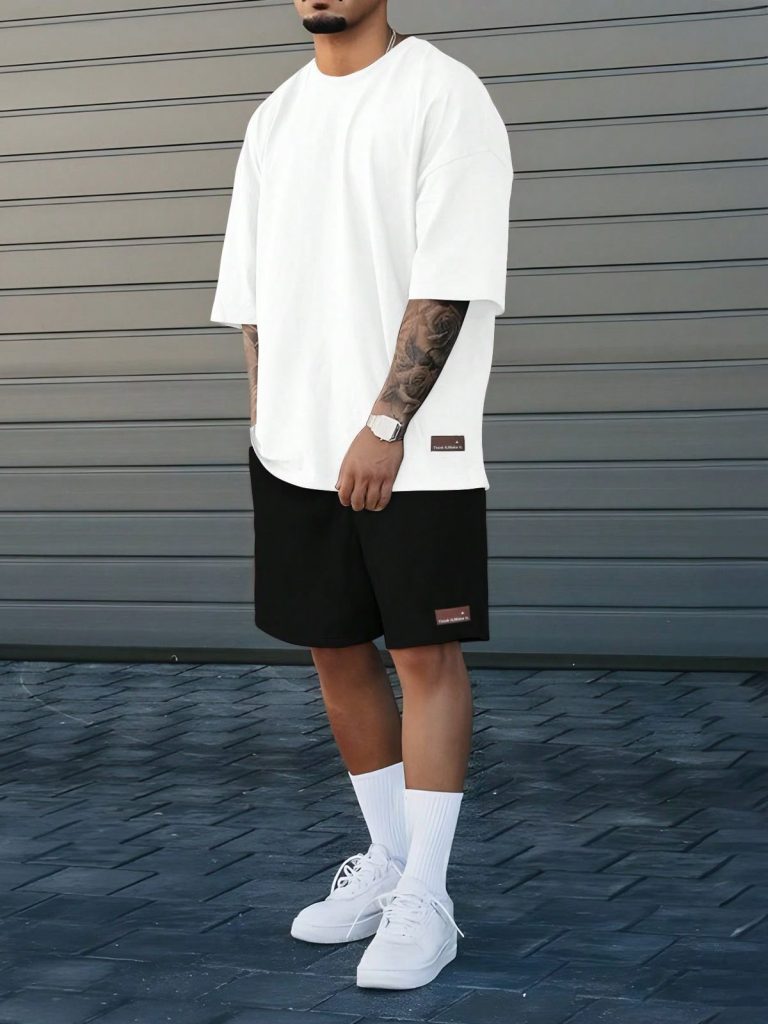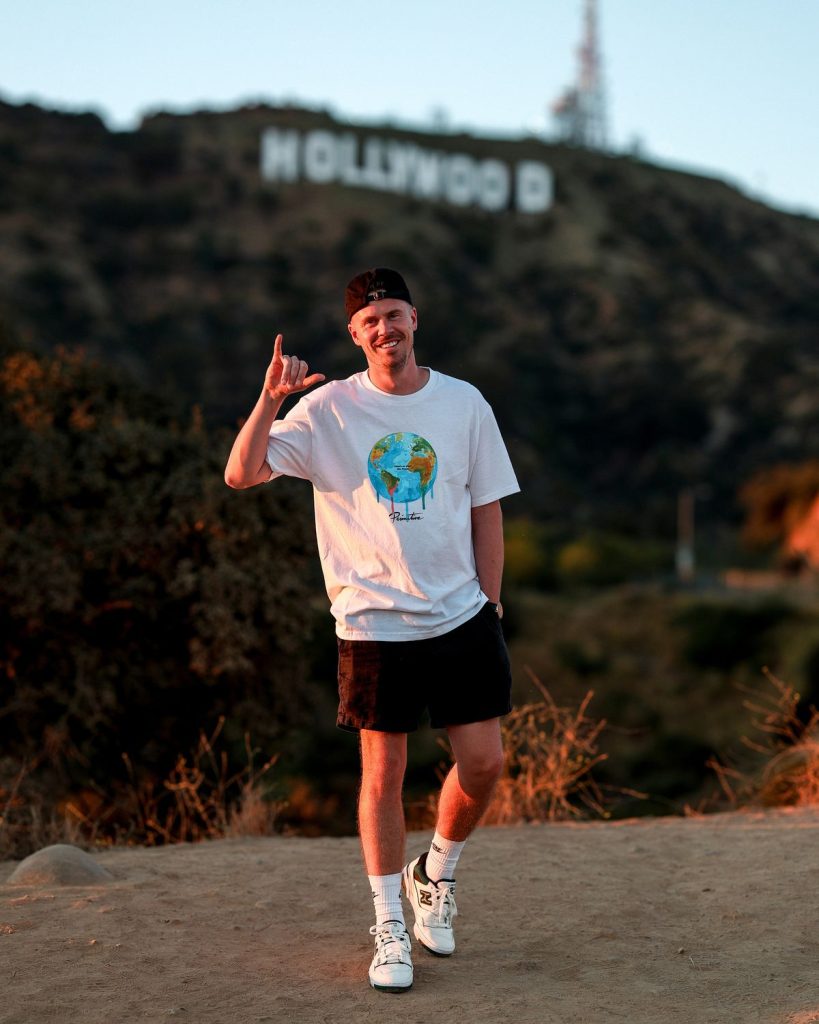Introduction
The T-shirt is arguably the most democratic garment in the world. Simple in construction yet limitless in expression, it transcends gender, age, social class, and geography. Today, you can find a T-shirt in every closet, from a basic white tee worn with jeans to a rare limited-edition piece valued at thousands of dollars. But the T-shirt’s journey from humble beginnings to global fashion icon is both fascinating and complex.
This article will explore the evolution of the T-shirt, its cultural significance, its many style variations, and its ongoing role in shaping how we dress in the 21st century.
The Origins: From Undergarment to Outerwear
The story of the T-shirt begins in the early 20th century. Originally designed as underwear for U.S. Navy sailors in the late 1800s, the white cotton short-sleeved shirt provided comfort in hot conditions. It was cheap, easy to clean, and breathable — a garment of practicality rather than style.
By the 1920s, the T-shirt had become standard issue for military and labor workers. The garment’s simple shape made it functional but not fashionable. It was rarely worn outside of work or home, as it was still considered improper as outerwear.
The turning point came in the 1950s. Hollywood icons such as Marlon Brando in A Streetcar Named Desire and James Dean in Rebel Without a Cause showcased the T-shirt as a symbol of rebellion and masculinity. Suddenly, the plain white T-shirt became synonymous with cool. This was the first major cultural shift: the T-shirt moved from underwear to outerwear, and from necessity to identity.
The T-Shirt as a Canvas of Expression
The 1960s and 70s marked another transformation. Thanks to advancements in screen printing, the T-shirt became a literal canvas for self-expression. Bands, political movements, and counterculture groups began printing logos, slogans, and psychedelic designs on T-shirts.
Rock bands like The Rolling Stones, with their iconic “tongue and lips” logo, created shirts that became cultural artifacts. Protest groups used T-shirts as wearable billboards for causes like peace, feminism, and civil rights. Suddenly, a simple cotton shirt could communicate allegiance, rebellion, humor, or political conviction.
By the 1980s, brands realized the commercial potential of this trend. Graphic tees exploded, featuring logos from Coca-Cola to Nike. Wearing a branded T-shirt wasn’t just about fashion — it was about identity and belonging to a cultural tribe.
Types of T-Shirts: From Basics to High Fashion
Over the decades, the T-shirt has diversified into countless styles:
- Basic Tee: The plain white or black cotton tee — timeless, minimal, and endlessly versatile.
- Graphic Tee: Printed with logos, slogans, or art. Essential to youth and street culture.
- Oversized Tee: A favorite in hip-hop and streetwear communities, emphasizing comfort and volume.
- Fitted Tee: A slimmer cut for a tailored look, popular in 2000s fashion.
- Luxury Tee: Made from premium fabrics like organic cotton, silk blends, or cashmere, often retailing at luxury prices.
What makes the T-shirt remarkable is its ability to fit into every category of fashion — from budget-friendly basics at Uniqlo to $500 designer tees at Balenciaga.
Styling the T-Shirt: Versatility Across Fashion
The T-shirt’s universal appeal lies in its versatility. It can be worn in countless ways, depending on occasion and mood:
- Casual Look: A white tee with jeans and sneakers — the ultimate timeless outfit.
- Streetwear Style: Oversized graphic tee paired with cargos or basketball shorts.
- Smart Casual: A fitted T-shirt tucked into tailored trousers, layered with a blazer.
- Layered Outfit: T-shirt under flannels, denim jackets, or hoodies for a dynamic look.
- High Fashion Twist: Luxury tees styled with leather pants, skirts, or statement accessories.
The T-shirt is the foundation of outfit building. Few garments can transition so seamlessly between streetwear and high fashion.
The T-Shirt in Streetwear Culture
Streetwear — a global fashion movement rooted in skate, surf, and hip-hop culture — has elevated the T-shirt to a sacred status. Brands like Supreme, Stüssy, and Off-White have built empires on limited-edition graphic tees. These drops often sell out in minutes, reselling for multiples of the retail price.
The T-shirt’s accessibility makes it the perfect item for streetwear: affordable to produce, highly collectible, and endlessly customizable. Owning a rare graphic tee isn’t just about clothing — it’s about cultural capital and belonging to a global community.
Sustainability and the Future of T-Shirts
In the 21st century, the T-shirt faces both opportunities and challenges. Fast fashion has made T-shirts ubiquitous, but also disposable. The environmental cost of cotton production and textile waste has raised questions about the future of this essential garment.
Forward-thinking brands are experimenting with:
- Organic Cotton & Bamboo Fabrics
- Recycled Polyester Blends
- Biodegradable Inks for Printing
- Circular Fashion Systems (buy-back, resale, and recycling programs)
As consumer demand shifts toward sustainability, the T-shirt is once again at the center of change — proving that even the simplest garment must adapt to survive.
Conclusion: More Than Just a Shirt
The T-shirt has come a long way from its military roots. Today, it is more than just a piece of clothing — it is a cultural icon, a canvas of expression, and a fashion essential that unites people across the world. Whether you’re rocking a vintage band tee, a luxury designer piece, or a simple white cotton shirt, the T-shirt remains a symbol of individuality, comfort, and timeless style.



